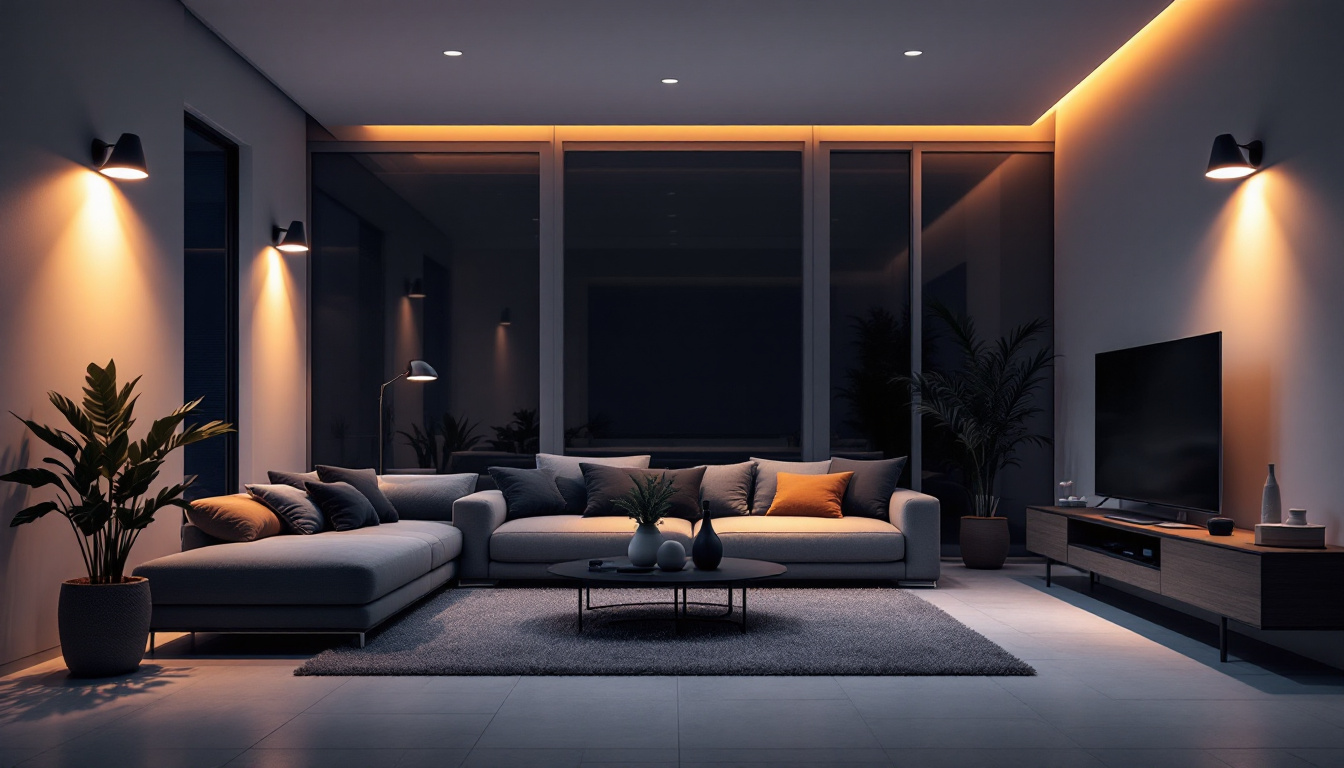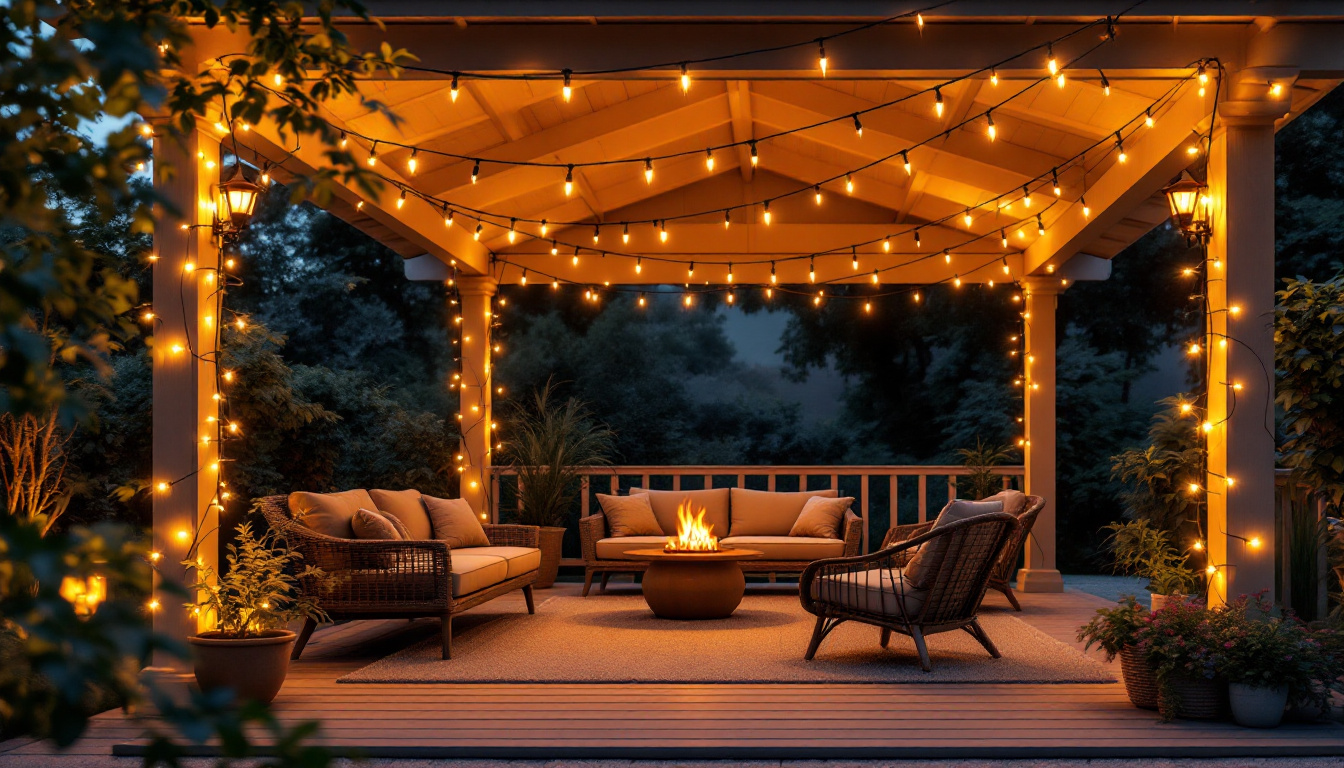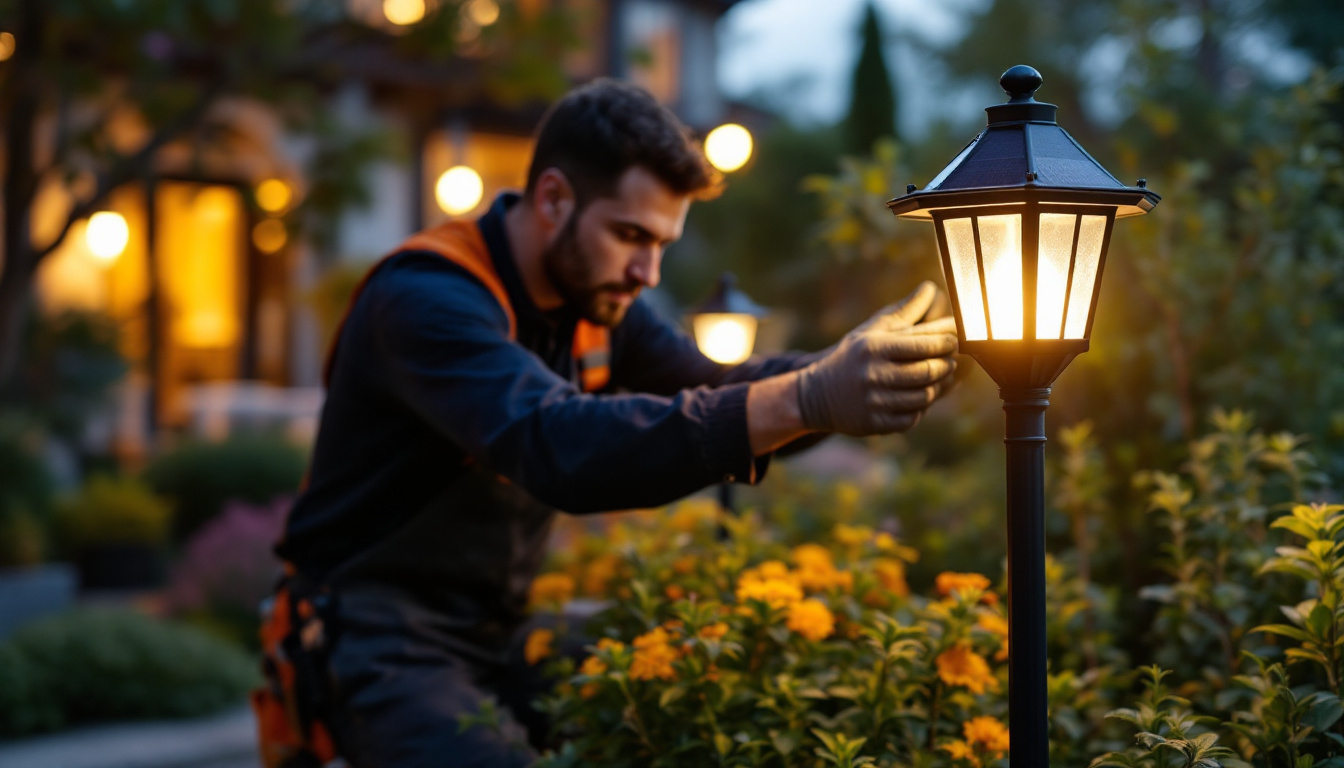
In recent years, the lighting industry has witnessed a significant transformation, with LED technology taking center stage. Among the various applications of LED technology, LED pot lights have emerged as a popular choice for both residential and commercial spaces. This article delves into the advantages, installation considerations, and design implications of LED pot lights, highlighting their role in shaping the future of lighting design.
LED pot lights, also known as recessed lights or downlights, are fixtures that are installed into a hollow opening in the ceiling. They provide a clean, streamlined look while delivering efficient and effective lighting. Unlike traditional incandescent or fluorescent lights, LED pot lights utilize light-emitting diodes (LEDs) which offer a range of benefits that make them an ideal choice for modern lighting solutions.
One of the most significant advantages of LED pot lights is their energy efficiency. LEDs consume significantly less power compared to traditional lighting options. This reduced energy consumption translates into lower electricity bills for homeowners and businesses alike. Additionally, LED pot lights have a longer lifespan, often lasting up to 25 times longer than incandescent bulbs, which further contributes to their cost-effectiveness over time. This longevity not only reduces the frequency of replacements but also minimizes waste, making LED pot lights a more environmentally friendly option.
LED pot lights offer unparalleled versatility in design. They can be used in various settings, from residential homes to commercial buildings, and can be installed in different configurations to achieve the desired lighting effect. Whether used for ambient lighting, task lighting, or accent lighting, LED pot lights can be tailored to meet the specific needs of any space. Their low profile allows for seamless integration into ceilings, making them an excellent choice for modern architectural designs. Furthermore, LED pot lights come in a variety of color temperatures, allowing homeowners to choose between warm, inviting tones or cooler, more energizing hues to suit the mood of each room.
In addition to their aesthetic appeal, LED pot lights can be equipped with dimmable features, providing even greater control over the lighting environment. This capability allows users to adjust the brightness according to the time of day or specific activities, enhancing both comfort and functionality. Moreover, advancements in smart technology have led to the development of LED pot lights that can be controlled via smartphone apps or voice commands, integrating seamlessly into smart home systems. This not only adds convenience but also allows for personalized lighting experiences that can adapt to the changing needs of the household.
While the benefits of LED pot lights are clear, proper installation is crucial to maximizing their effectiveness. Lighting contractors must consider several factors during the installation process to ensure optimal performance and aesthetics.
Before installation, determining the ideal location for LED pot lights is essential. Factors such as ceiling height, room dimensions, and the intended purpose of the lighting should all be taken into account. For example, in a kitchen, pot lights can be strategically placed above work areas to provide focused task lighting, while in a living room, they can be used to create a warm and inviting ambiance. Additionally, considering the layout of furniture and the flow of movement within a space can further enhance the effectiveness of the lighting. A well-thought-out arrangement can prevent shadows and ensure that every corner of the room is adequately illuminated, contributing to both functionality and aesthetic appeal.
Proper wiring is critical when installing LED pot lights. Contractors should ensure that the electrical system can handle the load of the new fixtures. Additionally, using compatible dimmer switches can enhance the functionality of LED pot lights, allowing for adjustable brightness levels to suit different moods and activities. It is also important to follow local building codes and regulations to ensure safety and compliance. Beyond just the wiring, the choice of LED driver is also significant; selecting a high-quality driver can prevent flickering and extend the lifespan of the lights. Furthermore, it may be beneficial to consider smart home integration, which allows homeowners to control their lighting remotely or set schedules, adding an extra layer of convenience and energy efficiency.
LED pot lights generate less heat than traditional lighting options, but proper insulation is still necessary to prevent potential fire hazards. Contractors should use IC-rated (Insulation Contact) fixtures in insulated ceilings to ensure safety and efficiency. This rating allows the fixture to be in direct contact with insulation without posing a fire risk, making it a crucial consideration during installation. Moreover, attention should also be given to the airflow around the fixtures; ensuring that there is adequate ventilation can help maintain the longevity of the LEDs. In addition, selecting fixtures with built-in heat sinks can further aid in dissipating heat, thus enhancing performance and reducing the risk of overheating, which can be particularly important in spaces with limited airflow.
The integration of LED pot lights into a lighting design scheme can significantly impact the overall aesthetics of a space. Their ability to blend seamlessly into ceilings allows for creative freedom in design, enabling lighting contractors to explore innovative concepts. Unlike traditional lighting fixtures, LED pot lights offer a sleek and unobtrusive profile, making them ideal for modern interiors where minimalism is key. This unobtrusiveness allows for a clean ceiling line, which can be particularly beneficial in spaces with low ceilings, where hanging fixtures might feel overwhelming or intrusive.
One of the key principles of effective lighting design is the creation of layers of light. LED pot lights can be used in conjunction with other lighting sources, such as wall sconces and pendant lights, to achieve a balanced and dynamic lighting scheme. By combining different types of lighting, contractors can enhance the functionality and visual appeal of a space, creating a harmonious environment that caters to various activities and moods. For instance, in a living room, pot lights can provide ambient lighting, while strategically placed wall sconces can offer task lighting for reading or other activities. This layered approach not only improves the usability of the space but also allows for the adjustment of lighting intensity based on the time of day or occasion.
LED pot lights can also be employed to highlight architectural features within a space. By strategically placing pot lights to illuminate artwork, textured walls, or unique architectural elements, contractors can draw attention to these features and create a focal point within the room. This technique not only enhances the aesthetic appeal but also adds depth and dimension to the overall design. Moreover, the use of adjustable LED pot lights allows for flexibility in directing light precisely where it is needed, making it easier to adapt the lighting to different artworks or design elements over time. This adaptability is particularly valuable in spaces that frequently change, such as galleries or homes with rotating art collections, where the lighting can be modified to suit new displays or arrangements.
As the world increasingly focuses on sustainability, LED pot lights present a more eco-friendly lighting solution. Their energy efficiency contributes to a reduction in carbon emissions, making them a responsible choice for environmentally conscious consumers.
By opting for LED pot lights, homeowners and businesses can significantly reduce their carbon footprint. The lower energy consumption associated with LEDs means that less electricity is needed, which in turn decreases the demand for fossil fuels used in electricity generation. This shift towards energy-efficient lighting is a crucial step in combating climate change and promoting a sustainable future.
Another aspect of sustainability is the recyclability of LED fixtures. Many components of LED pot lights can be recycled, reducing waste and promoting responsible disposal practices. Additionally, manufacturers are increasingly focusing on using sustainable materials in the production of lighting fixtures, further enhancing the environmental benefits of LED technology.
The future of LED pot lights is bright, with ongoing advancements in technology and design. As the industry evolves, several trends are emerging that will shape the way lighting contractors approach installation and design.
smart home technology is becoming increasingly popular, and LED pot lights are no exception. The integration of smart technology into lighting systems allows for enhanced control and customization. Homeowners can adjust brightness levels, change colors, and set schedules through smartphone apps or voice commands. This level of control not only enhances convenience but also contributes to energy savings by allowing users to optimize their lighting usage.
Advancements in LED technology have led to the development of tunable white LED pot lights, which allow users to adjust the color temperature of the light emitted. This feature enables contractors to create dynamic lighting environments that can be tailored to different activities and times of day. For instance, cooler temperatures may be preferred for workspaces, while warmer tones can create a cozy atmosphere in living areas.
As design trends continue to evolve, so too do the aesthetics of LED pot lights. Manufacturers are increasingly offering customizable options, including various finishes and designs that can complement different interior styles. This trend allows contractors to provide clients with personalized lighting solutions that align with their design preferences, enhancing the overall appeal of the space.
LED pot lights are undoubtedly at the forefront of lighting design and installation. Their energy efficiency, versatility, and design potential make them an ideal choice for a wide range of applications. As the industry continues to evolve, lighting contractors must stay informed about the latest trends and technologies to provide clients with innovative and sustainable lighting solutions.
By embracing LED pot lights, contractors can not only enhance the aesthetic appeal of their projects but also contribute to a more sustainable future. With the right knowledge and skills, the possibilities for LED pot lights in modern lighting design are limitless, paving the way for a brighter and more efficient tomorrow.
Ready to revolutionize your lighting installations with the efficiency and elegance of LED pot lights? Look no further than LumenWholesale for all your lighting needs. We provide contractors with the highest quality, spec-grade LED lighting products at prices that can’t be beaten. Say goodbye to local distributor markups and hello to a vast selection of reliable lighting solutions that meet the most rigorous industry standards. With the added convenience of free shipping on bulk orders, LumenWholesale is your go-to source for premium lighting without the premium price tag. Elevate your lighting designs today and ensure a sustainable, cost-effective future for your projects. Discover the value and quality that only LumenWholesale can offer by visiting our selection of Wholesale Lighting at the Best Value.

Illuminate your understanding of covered patio string lights and their vital role for lighting contractors.

Discover the benefits of Circle Outlet, a game-changer in energy-efficient lighting solutions.

Discover how solar lantern light posts are revolutionizing the work of lighting contractors by offering sustainable, cost-effective, and versatile solutions for outdoor projects.

Discover essential tips and best practices for lighting contractors when dealing with used lights.